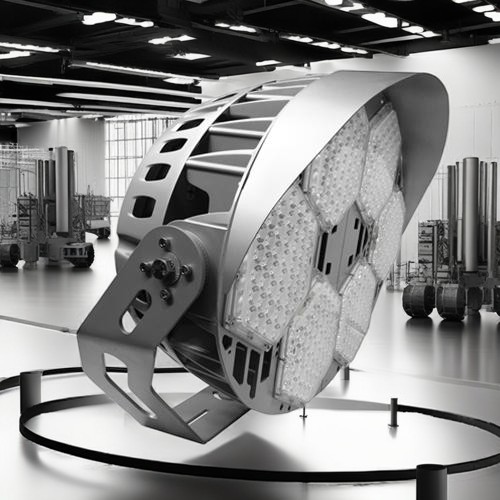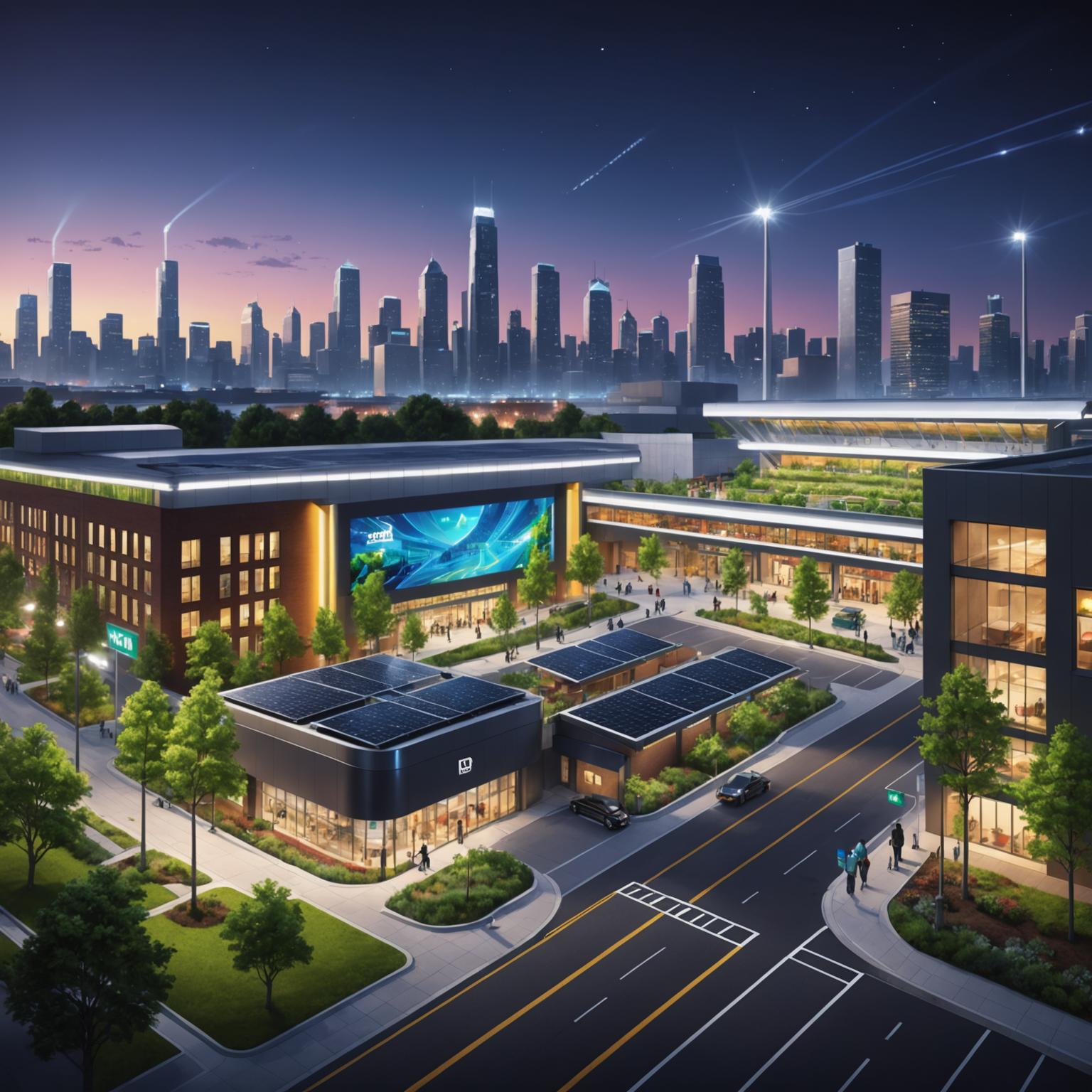The Evolution of LED Light Technology
LED lighting has revolutionized the way we approach illumination, providing unprecedented efficiency and reliability. Originally developed as energy-saving alternatives to traditional incandescent bulbs, LED bulbs have evolved into sophisticated solutions across various applications. From household lighting to massive stadium installations, modern LED systems consistently outperform older technologies in brightness, longevity, and energy consumption. This article explores the features and benefits of advanced LED lighting systems, highlighting innovations such as the LED stadium light—an exceptional product designed for large-scale settings.

Key Features of Modern LED Light Systems
The shift towards LED lighting is driven by numerous advantages that make it a preferred choice across different industries. Among these features, energy efficiency remains the standout benefit. Compared to incandescent or fluorescent lights, LED lighting consumes significantly less power while delivering exceptional brightness. This characteristic not only reduces energy bills but also contributes to environmental sustainability.
In addition to energy efficiency, durability plays a key role in the popularity of LED bulbs. The advanced designs often include robust materials such as aluminum alloy housing, which ensures superior heat dissipation. This aspect is crucial for high-performance lights utilized in large-scale venues like stadiums or concert halls. Heat dissipation maintains optimal performance and prolongs the lifespan of the light, making it a sound investment for long-term use.
Modern LED systems also boast advanced optics designed to produce uniform illumination across wide areas. Unlike traditional lighting, which may cause uneven brightness or dim spots, these systems ensure consistent lighting conditions. This feature is especially beneficial for settings that require precise illumination, such as sports fields and industrial environments.
Innovative Design for Extended Applications
The modern LED stadium light takes these features a step further, focusing on design and adaptability. With a hexagonal grid layout of ultra-efficient LEDs, this product delivers unmatched brightness while maintaining energy efficiency. Its innovative design minimizes shadows and eliminates dark spots, providing optimal lighting for large venues.
The aerodynamic structure of this LED stadium light reduces wind resistance, making it ideal for outdoor installations. Whether placed in a bustling sports venue or an open-air concert stage, the light proves stable and reliable. Complemented by a corrosion-resistant coating, it stands resilient against harsh weather conditions, ensuring consistent performance year-round.
Equipped with a robust and adjustable mounting bracket, this LED stadium light adapts easily to various installation requirements. Whether you need angled lighting for an exciting basketball match or vertical illumination for a warehouse, the system delivers flexibility to match your specific needs. With emphasis on both form and function, this model seamlessly integrates into diverse environments.
Applications of LED Stadium and Industrial Lights
Stadium lighting serves as one of the most demanding fields for illumination technology. With expansive open areas and the need for uniform brightness, traditional lighting systems often fall short. LED stadium lights set a new standard by providing consistent coverage and high-lumen output while consuming minimal power.
Beyond sports venues, LED lights are also highly favored in industrial settings. Warehouses, factories, and outdoor production facilities benefit enormously from the durability and efficiency of LED systems. The corrosion-resistant surface and aerodynamic design make these products reliable options for areas exposed to harsh environmental factors.
Particularly notable is their use in public outdoor spaces such as parks and urban areas. These lights ensure safe and aesthetically pleasing illumination in environments where reliability is critical. Their ability to withstand extreme weather and maintain high performance ensures they remain operational even in challenging conditions.
Sustainability in Lighting Solutions
Environmental responsibility has become a key focus across industries, and LED lighting is no exception. These systems not only consume less power but also generate minimal heat compared to traditional systems. This reduced energy consumption translates to a lower carbon footprint, aligning with the global movement towards sustainability.
Moreover, the long lifespan of LED systems reduces waste significantly. Traditional incandescent or fluorescent bulbs require frequent replacements, leading to higher disposal rates and more waste in landfills. LED systems, by contrast, boast lifespans that often exceed 50,000 hours, making them a sustainable choice.
The materials used in LED lights also reflect this commitment to sustainability. From aluminum alloy housing to corrosion-resistant coatings, every component is designed to minimize environmental impact while delivering superior performance. By investing in these technologies, businesses and consumers contribute to a greener and cleaner future.
Illuminating the Future with LED Lights
As technology advances, the possibilities for LED lighting continue to expand. The development of innovative products such as the LED stadium light is proof of the industry’s progress in delivering cutting-edge solutions. By prioritizing energy efficiency, durability, and adaptability, modern LED systems redefine the way we illuminate diverse environments.
Whether for residential use or large-scale applications, the benefits of LED lighting are clear. Its evolution showcases the remarkable potential for combining sophisticated design with sustainable practices. From reducing energy consumption to enhancing lighting performance, LEDs embody the progress necessary for a more illuminated yet environmentally responsible future.
In conclusion, LED lighting represents the pinnacle of modern illumination technology. Products such as the LED stadium light highlight the adaptability and efficiency that define this industry. As consumers and businesses continue to embrace this innovation, they pave the way for lasting improvements in how we light the world.

